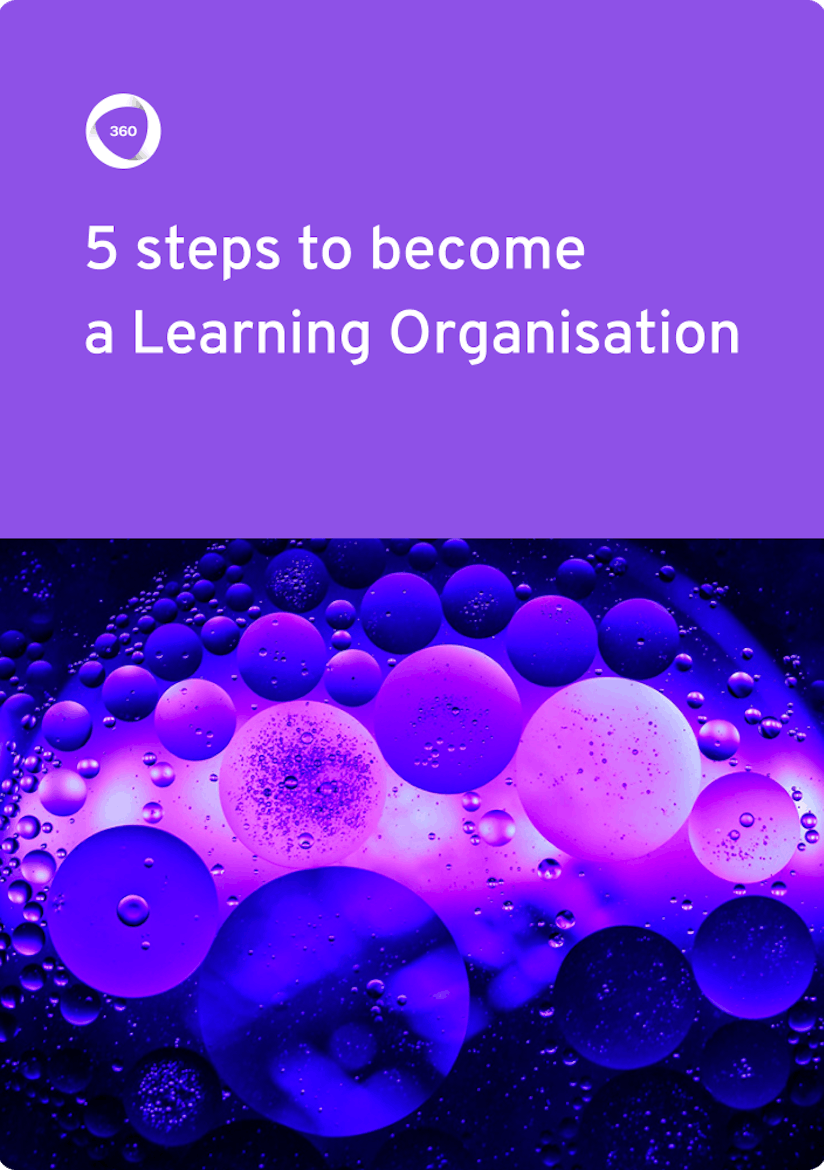Discover the learning platform powered by collaborative learning.
A 15-minute discussion with an expert
100% tailored to your needs - with ❤️
No commitment. Free as can be.
A social learning platform is a solution that organizations can use to create, manage, and deliver employee training programs.
They differ from typical learning management systems (LMS), in that they enable learners to interact based on the model of social media platforms like Facebook, LinkedIn, or Instagram. Social learning platforms aim to engage people and provide a human context to their learning experience.
An online learning initiative by Harvard Business School demonstrated the impact of social learning in 2014. The initiative involved a course, which explained how managers solve real-world business problems through short videos followed by interaction with the material.
To view the course, however, students needed to first create a public profile and upload a photo, so they could virtually meet fellow learners, setting the stage for a social experience. Plus, participation and online collaboration made up a part of the assessment.
The inclusion of a bigger social component led to deep insights: On the first day, students viewed an average of 40 other profiles. More than 50% of students asked a question, and more than 75% answered questions asked by peers.
As a result, in contrast to typically low course completion rates, the Harvard course achieved an 85% completion rate and a higher satisfaction score for program content, establishing the benefits of social elements in learning. (Curious to learn more? You can dig into how to increase employee engagement and other learning outcomes in our Learning Organization model ebook, below).

By providing your contact info, you agree to receive communications from 360Learning. You can opt-out at any time. For details, refer to our Privacy Policy.
Social learning platforms can contain a wide range of features that tap into the benefits of active learning. Here are some of the most desirable features of a social learning platform:
Social Q&A: A live Q&A can quickly fill in information gaps as coworkers ask questions and get immediate answers from fellow learners. A social Q&A combined with a discussion forum creates an efficient knowledge-sharing system. Coworkers can weigh in on existing questions and upvote answers provided by others, thereby reducing repetition and increasing engagement. It is also a time-saving feature that lets you resolve open questions in batches.
Peer feedback loop: Constructive and regular feedback drives learning and performance, making it seem less like a critique and more like a check-in. Just like humans, learning material needs to constantly improve and stay updated to be effective.
Competitive gamification: Incorporating game elements into work has been shown to improve learning outcomes. Rewards and badges can incentivize learning, while interactive quizzes and team challenges take the collaborative route to learning. Either way, gamification encourages active learning and makes your workplace more fun.
Video creation: Creating your own animated videos can make course creation easy and information retention a breeze. A tool like Vyond lets you create a custom video in minutes, captivating audiences and boosting engagement.
SCORM compliance: SCORM compatibility lets you purchase third-party courses and upload them to your social learning platform.
The social elements baked into social learning platforms make them a more engaging alternative than a standard LMS. But they don’t often go far enough in making the learning experience truly communal. Since their features are based on social media platforms, they tend to generate a surface level of engagement without providing lasting learning outcomes.
For the latter, we need to turn to Collaborative Learning.
Collaborative Learning is a training methodology where employees share their subject-matter expertise as a group, learning from peers and teaching courses based on their own experience and knowledge. Collaborative Learning has a few defining features:
A digital learning platform that enables Collaborative Learning will provide these social, peer-based, and collaborative elements within the UI of the learning experience itself, and not as an add-on. Discussion forums, Reactions, peer feedback...all of this will happen in the flow of learning, and contributes meaningfully to the learning experience.
In our view, the best learning platform is one that is born from and for collaboration. It integrates the social and the collaborative aspects into a happy union, combining all the features needed to make learning transparent and effective.
After all, organizations with a focus on collaboration are five times more likely to perform highly. In a post-pandemic world, collaboration is a top priority for companies, and making a tangible switch will help you stay ahead in the game. You can learn more by downloading our Collaborative Learning ebook, or requesting a demo of 360Learning, the pioneer of collaborative learning:
A 15-minute discussion with an expert
100% tailored to your needs - with ❤️
No commitment. Free as can be.
By providing your contact info, you agree to receive communications from 360Learning. You can opt-out at any time. For details, refer to our Privacy Policy.